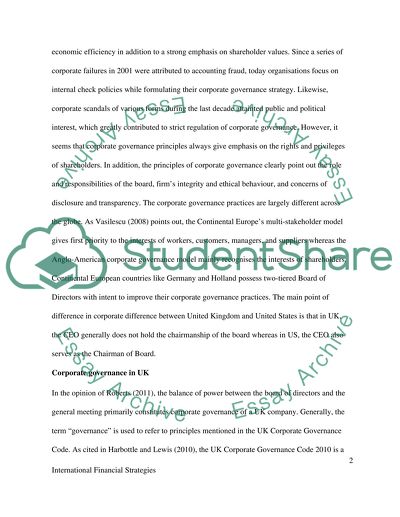Cite this document
(“International Financial Strategies Essay Example | Topics and Well Written Essays - 3000 words”, n.d.)
Retrieved from https://studentshare.org/finance-accounting/1393137-international-financial-strategies
Retrieved from https://studentshare.org/finance-accounting/1393137-international-financial-strategies
(International Financial Strategies Essay Example | Topics and Well Written Essays - 3000 Words)
https://studentshare.org/finance-accounting/1393137-international-financial-strategies.
https://studentshare.org/finance-accounting/1393137-international-financial-strategies.
“International Financial Strategies Essay Example | Topics and Well Written Essays - 3000 Words”, n.d. https://studentshare.org/finance-accounting/1393137-international-financial-strategies.


